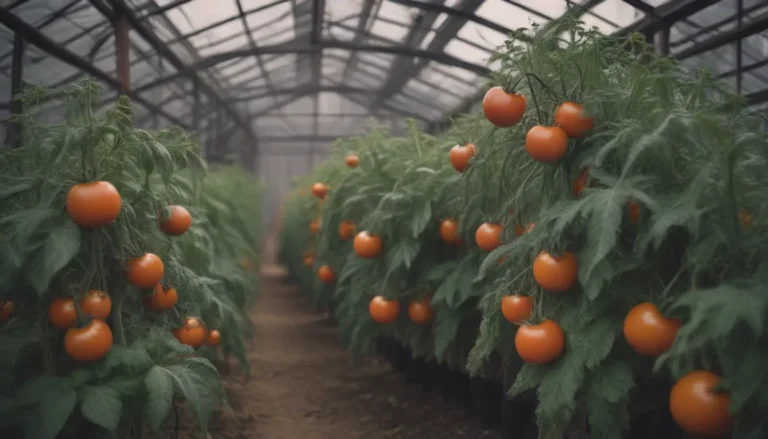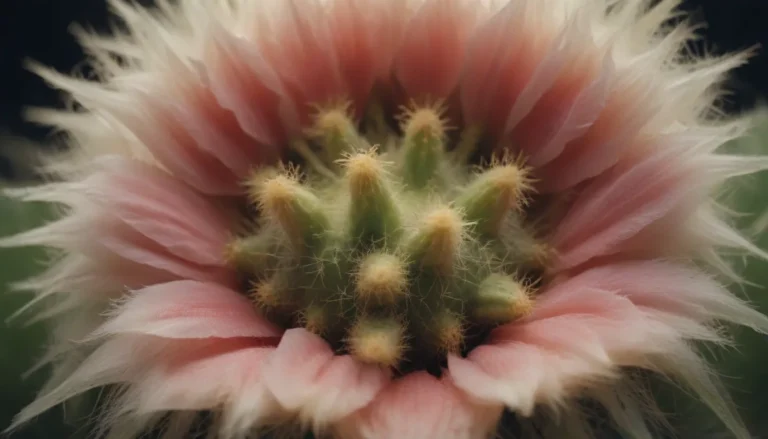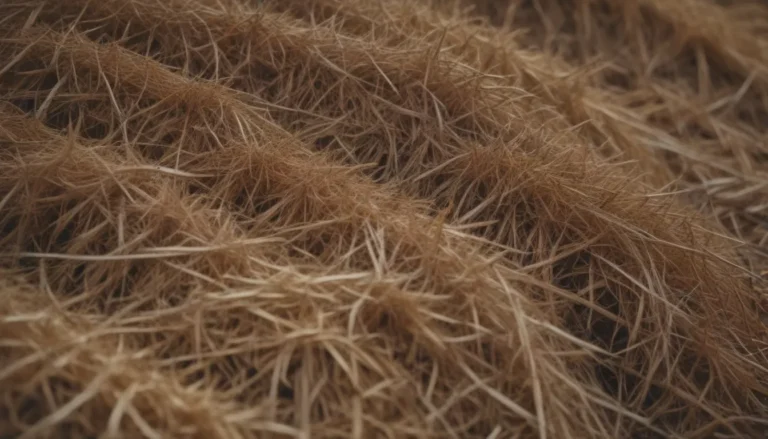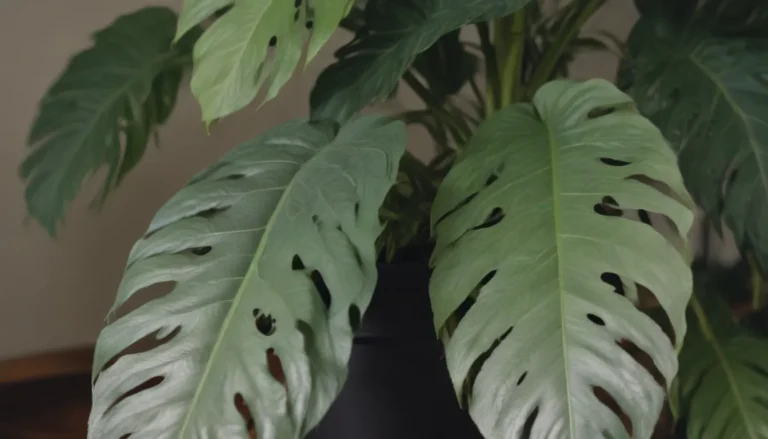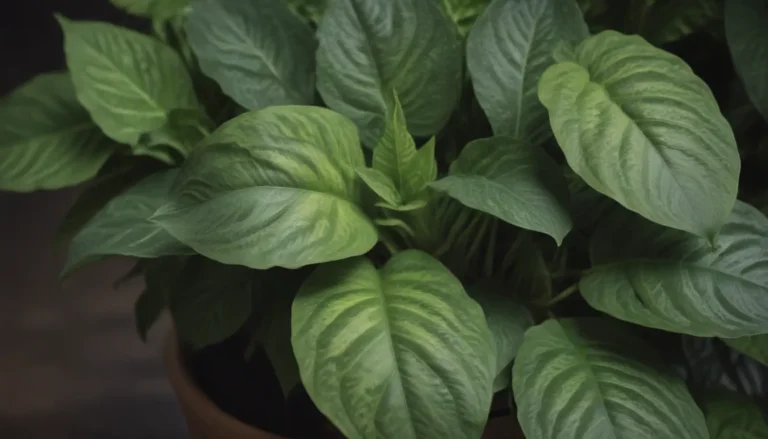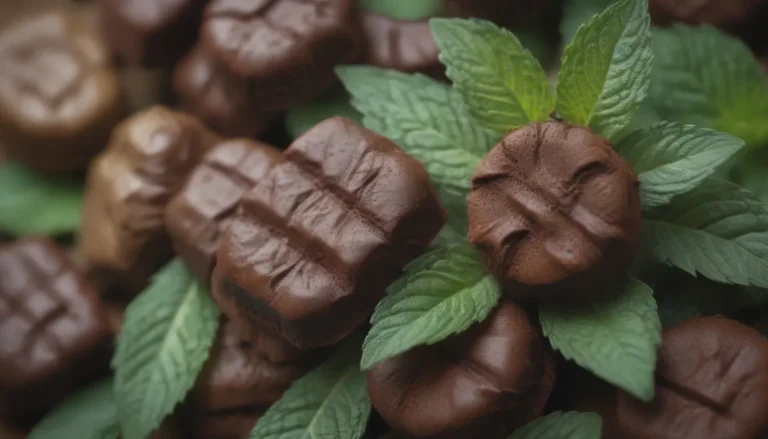How to Identify and Correct Root-Bound Plants: A Comprehensive Guide for Home Gardeners
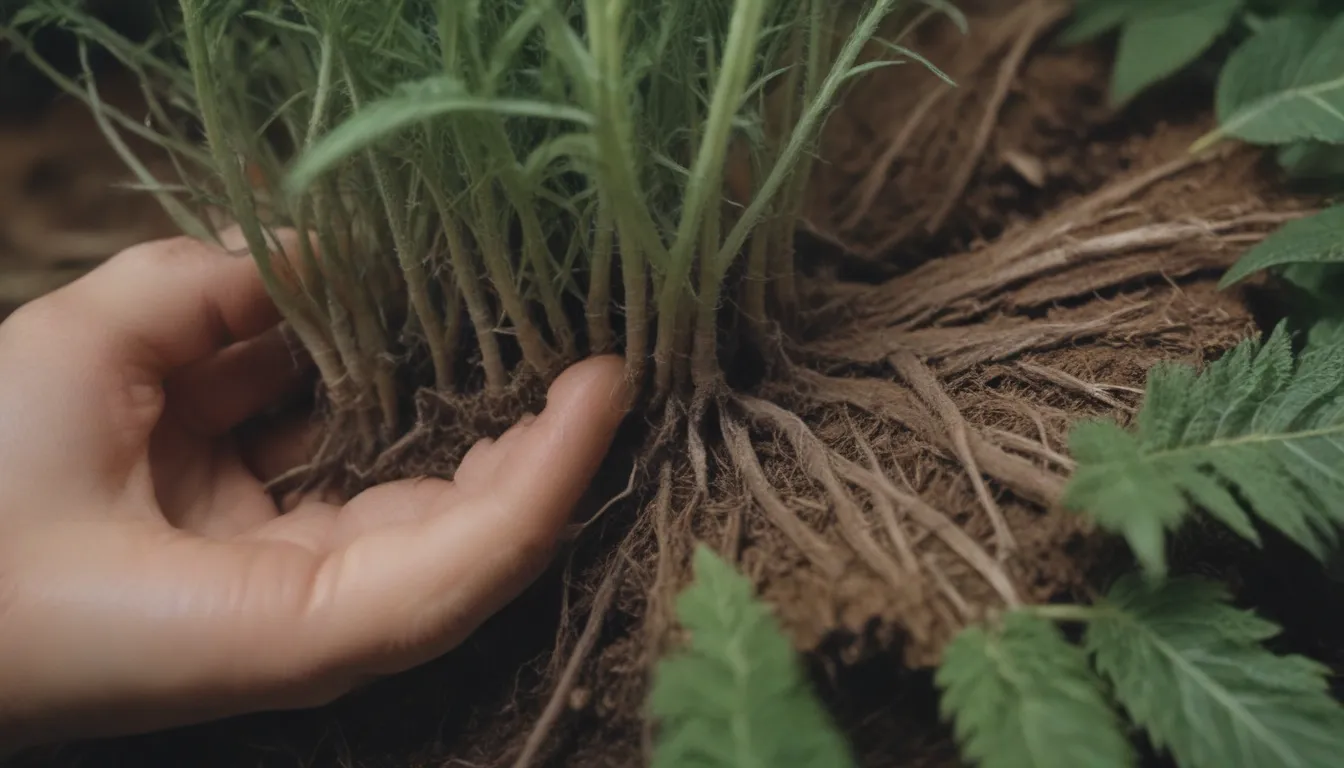
If you’re an avid gardener, you’ve likely encountered root-bound plants at some point in your gardening journey. A root-bound plant occurs when the roots have become densely packed within a container, hindering the plant’s growth and development. In this detailed guide, we will walk you through how to identify root-bound plants, the consequences of leaving them untreated, and most importantly, how to fix them to ensure your plants thrive in your garden.
Identifying a Root-Bound Plant
Before purchasing a plant from a nursery or garden center, it’s crucial to inspect it thoroughly for any signs of being root-bound. Here’s how you can identify a root-bound plant:
- Check the Root System: Take a close look at the roots in the container. If they are tightly packed in a circular fashion and have filled up the entire container, the plant is likely root-bound.
- Examine the Plant: Look for signs of stunted growth, yellowing leaves, or lack of new growth, which are common indicators of a root-bound plant.
- Ask Questions: If you’re unsure, don’t hesitate to ask the garden center staff for more information about the plant’s root system and whether it has been repotted recently.
Root-bound plants are common in shrubs and trees that have been growing in pots for an extended period. By identifying this issue early on, you can take steps to correct it before transplanting the plant into your garden.
Consequences of Root-Bound Plants
Leaving a root-bound plant untreated can have detrimental effects on its health and growth. Some consequences of neglecting root-bound plants include:
- Stunted Growth: The plant’s roots remain confined in a tight space, limiting its ability to spread out and absorb essential nutrients from the soil.
- Nutrient Deprivation: A root-bound plant may struggle to access sufficient nutrients, water, and oxygen, leading to nutrient deficiencies and overall poor health.
- Risk of Choking: In severe cases, the plant’s roots can become so entangled that they choke the plant, causing irreversible damage and ultimately leading to its demise.
Identifying and addressing root-bound plants early on is crucial to ensuring the overall well-being of your plants and maximizing their growth potential.
How to Fix a Root-Bound Plant
If you find yourself with a root-bound plant, don’t panic! There are several ways to remedy the situation and help your plant thrive once again. Here are some effective methods to fix a root-bound plant:
- Untangle the Roots Before Planting: Gently tease apart the tangled roots with your fingers to create a looser root ball before planting. This allows the roots to spread out more easily once in the soil.
- Cut Slits in the Root Ball: If the roots are tightly knotted and resistant to untangling, carefully make slits in the root ball to encourage new root growth. This will help the plant establish itself in its new environment.
Root-bound plants require immediate attention to prevent further stress and promote healthy growth. By taking the time to untangle the roots and provide them with room to expand, you can revive a root-bound plant and set it on the path to thriving in your garden.
Additional Tips and Considerations
- Repotting: If you suspect a plant is root-bound, consider repotting it into a larger container with fresh, nutrient-rich soil to give its roots room to grow.
- Regular Maintenance: Keep an eye on your plants regularly to prevent them from becoming root-bound. Repot them as needed and provide proper care to promote healthy root development.
- Species Variation: Some plant species, like peace lilies and African violets, thrive in snug pots with tightly packed roots. Understanding the specific needs of each plant will help you determine the best course of action for addressing root-bound plants.
In conclusion, identifying and correcting root-bound plants is an essential skill for home gardeners seeking to nurture healthy and vibrant plants. By following the tips outlined in this guide, you can effectively address root-bound plants and create an optimal environment for your plants to flourish in your garden. Remember, a little care and attention can go a long way in promoting the growth and well-being of your beloved plants. Happy gardening!
